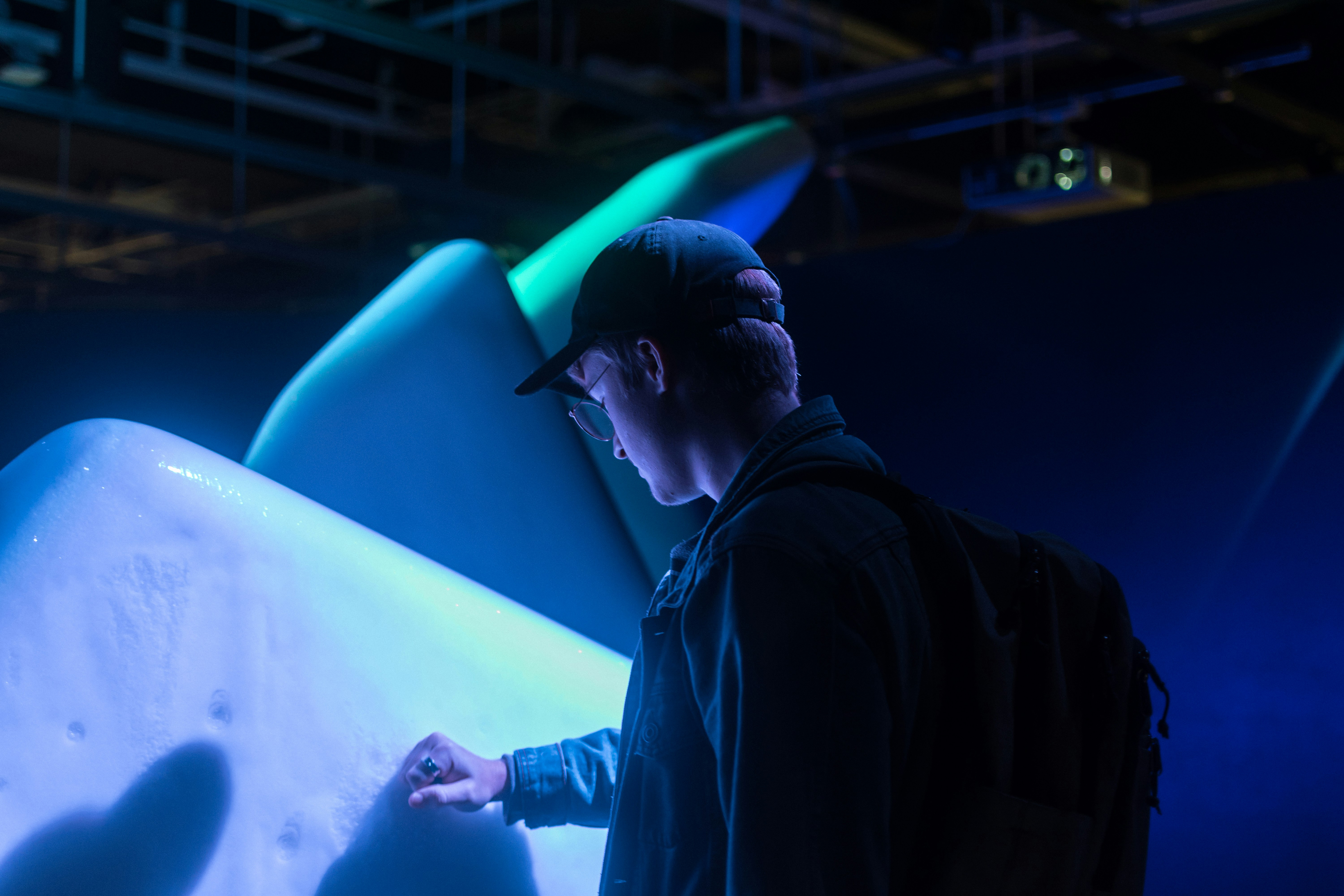Sensory design for exhibitions
In the last century, museums and their exhibitions have transformed their formats and narratives to adapt to technological advances and their visitors' changing needs and demands. The ability to immerse viewers in a multisensory experience that stimulates their senses and awakens deep emotions is another challenge for museums of the 21st century. This approach, known as sensory design, is transforming how we experience art, culture, and history in museums and galleries worldwide.
What is sensory design
Sensory design is a discipline that seeks to create immersive experiences through the strategic use of the senses. It goes beyond the visual and encompasses elements such as sound, smell, touch, and even taste to transport visitors to another world and fully immerse them in the exhibition's narrative.
From the moment they enter the room until they finish the visit, every aspect of the experience is carefully designed to stimulate the senses and create a lasting emotional impact.
Sensory design applied to exhibitions
This working methodology fits well with space designs, specifically in exhibition design. Sensory design applied to exhibitions offers a series of benefits for both visitors and exhibition organizers:
-
Memorable experience:
By stimulating multiple senses, sensory design creates more vivid and memorable experiences for visitors, increasing the likelihood of their return in the future and recommending the exhibition to others. -
Greater understanding and appreciation
By immersing visitors more fully in the exhibition's narrative, sensory design can help them better understand and appreciate the themes and concepts presented. The diversity of formats can also help some users with cognitive diversity perceive the information presented. -
Greater engagement
Sensory immersion actively engages visitors and makes them feel more involved in the experience, which can lead to greater participation and commitment to the exhibition, a format with multiple applications in museums and immersive exhibitions. -
Differentiation and recognition
Currently, sensory design is applied sporadically, so exhibitions that use it stand out among others in their environment and are more likely to receive attention and recognition from critics and the general public.

Sensory Resources for Exhibitions
-
Creative lighting
Lighting plays a fundamental role in the sensory design of an exhibition. It affects how we see the objects on display and can also create specific atmospheres and moods. -
Playing with sound
Sound is another powerful element in sensory design. Music, sound effects, and audio recordings can add depth and dimension to an exhibition. -
Aromas
Smells have the power to instantly evoke memories and emotions. By introducing specific scents into an exhibition, designers can create a more immersive experience for visitors. -
Textures and tactile elements
Including tactile elements in an exhibition allows visitors to interact with the objects on display physically, adding another layer of depth to the sensory experience and making it more accessible for visitors with vision impairments. -
Experiential tasting
In certain thematic exhibitions, incorporating gastronomic elements can add level of sensory immersion.
Sensory design for exhibitions is changing the way we experience art, culture, and history. By creating immersive experiences that stimulate the senses, these exhibitions offer visitors a unique opportunity to explore, learn, and reflect on the world around them.
Creative lighting, evocative scents, and sensory design transform exhibitions into unforgettable experiences that leave a lasting impression on all who experience them.